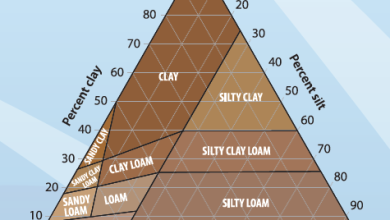Armuelle: [Cultivation, Irrigation, Care, Pests and Diseases]
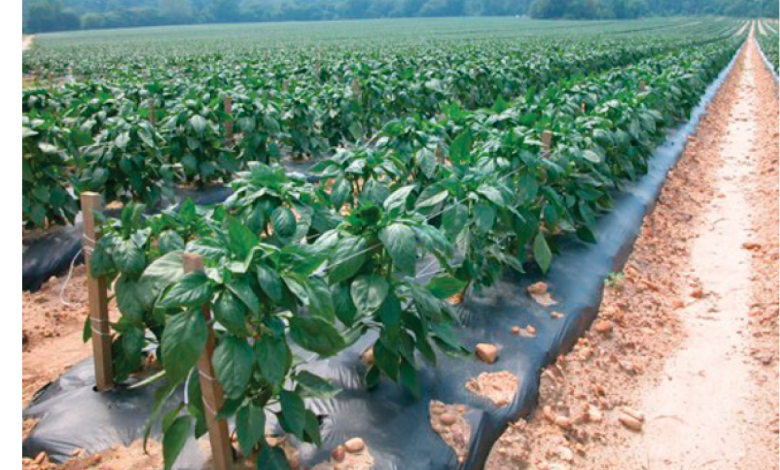
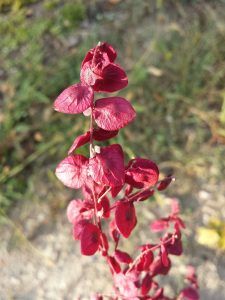 Atriplex hortensis is a herbaceous plant that belongs to the Quinopodiaceae family, the same family that includes spinach and chard.
Atriplex hortensis is a herbaceous plant that belongs to the Quinopodiaceae family, the same family that includes spinach and chard.
It originally comes from Central Asia, but has been cultivated for centuries in America and Europe. Research reports that it was cultivated since before the 16th century, before the cultivation of spinach intensified.
The armuelle is characterized by its mild flavor, its nutritional properties and its long cultivation period, which starts from summer to late autumn. It also has laxative, diuretic, and vitamin C properties.
Due to the ease of cultivation, it is a plant that is recommended to be grown in home gardens, as it produces more fresh weight and true protein than other similar vegetables.
Unfortunately, the herringbone has become a rare species due to the abandonment of its cultivation. However, it is currently being rediscovered by sharing information about its great nutritional value.
Important points when sowing armuelle:
- Scientific name: Atriplex hortensis.
- Common Name: Armuelle, love cabbage, red royal pigweed, meat spinach.
- Height: 1 to 2.5 meters.
- Light Need: Sun and partial shade.
- Temperature: Temperate climate (15ºC to 18ºC).
- Irrigation: Low.
- Fertilizer: Organic fertilizer.
What characteristics does the armuelle have?
The armuelle is an annual plant that can grow up to 2 m high. It is made up of an erect stem, branched, whitish in color or with reddish tones. The leaves of the armuelle are edible and very large. They generally measure over 5” (14cm) long and 4” (10cm) wide.
These can be green, green-yellow, slightly red, dark red and purple. The flowers are small and inconspicuous , some hermaphrodite and others female. They are grouped in racemose inflorescences that decrease in size as they reach the tip.

In turn, the inflorescences sprout from the final parts of the branches and stem, as well as from the axils of the upper leaves. They generally bloom during the summer, from July to October.
The seeds of the armuelle are small, they are between 1.5 and 3 mm in size. These are found on the female flowers and can be blackish or reddish in color.
When to sow the armuelle?
The cultivation of the armuelle can start during the months of March, April, May and June. However, sometimes the planting can extend from the month of February to the month of August.
Where to plant the armuelle?
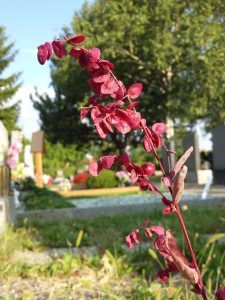 The armuelle is a vegetable of temperate climate, with a fairly wide margin of adaptation, as it resists frost and drought. Optimum growing temperatures are 15ºC to 18ºC, with a minimum of 6ºC.
The armuelle is a vegetable of temperate climate, with a fairly wide margin of adaptation, as it resists frost and drought. Optimum growing temperatures are 15ºC to 18ºC, with a minimum of 6ºC.
It is important to plant it in places that allow them to receive direct sunlight throughout the day, or at least for a few hours. Otherwise it will be very difficult for them to grow properly.
The armuelle plant can be located almost anywhere in the orchard or garden as it tolerates strong winds. In fact, these currents allow it to spread its seeds and self-sow.
How to prepare the land?
Armuelle is easily grown in a wide variety of soils, as long as they are well drained. However, it is favored by nutrient-rich soils with a good ability to retain moisture. Likewise, it prefers to be cultivated in light and sandy substrates, rich in nitrogen, with neutral pH.

On the other hand, before starting the planting work, it is recommended to clean the land, uproot thistles and noxious weeds that can take away the nutrients from the armuelle crop.
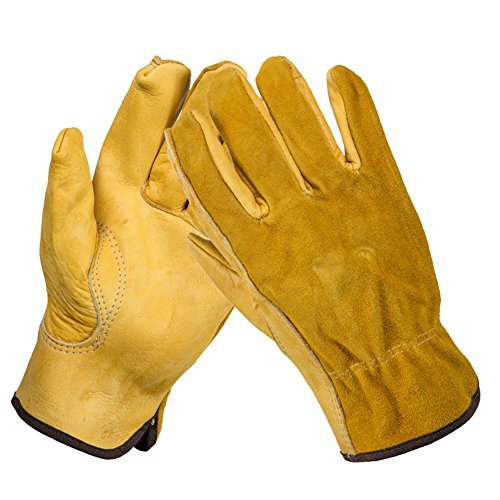
In addition, it is advisable to fertilize the soil with ecological and organic fertilizers during the growing months.

How do we water the armuelle?
Armuelle plants are fairly drought tolerant, but prefer moist soil. In fact, its leaves turn bitter, harden, or shrivel when they don’t get enough moisture. For this reason, it is recommended to water them frequently so that they grow with better flavor and consistency.
How often do we water the armuelle?
In order for the armuelle to grow without problems, it is recommended to water regularly in the early stages and during the summer, 2 or 3 times a week, depending on the humidity level of the substrate. It is advisable to reduce irrigation during the rainy season and during the winter, every 5 or 6 days at most.

How to plant an armuelle step by step?
The armuelle plant can be sown by seeds, through traditional cultivation. Below are the steps to do it.
- On the ground, till rows with a distance between each other of 30 to 40 centimeters.
- Place the seeds on the rows, 1 centimeter deep, leaving a spacing of 5 centimeters between each one of them.
- Wait 1 or 2 weeks for the seeds to germinate, while frequent watering is carried out to maintain soil moisture.
- Thin out the shoots and leave a distance of 15 or 30 centimeters between them, in the rows.
- Water frequently until the leaves reach a good size to harvest them.
Sometimes a plant is kept on the edge of the garden to act as a seed and thus replant itself more easily. This step can be optional.
What care does the armuelle need?
The only special care that the armuelle needs is the control of moisture in the soil during the early stages of growth. However, some recommendations to consider during harvest and seed collection are shared below:

- The best time to collect the leaves is during the months of May to October, when the basal leaves measure 10 to 15 centimeters and are as tender as possible, usually 40 to 60 days after planting.
- It is recommended to collect the spikes during the last days of August and during the month of September. The bracteoles of the female flowers must be separated, cleaned and dried to plant the following year.
What pests and diseases affect the armuelle?
The armuelle plant is hardly attacked by pests or diseases since it is a fast growing and cultivating plant. For this reason, phytosanitary treatment is not necessary during sowing.

References
- https://dialnet.unirioja.es/servlet/articulo?codigo=1349546
- https://www.magicgardenseeds.es/Es-good-to-know…/Armuelle-verde-(Atriplex-hortensis)-A.ATR01BIO-
- https://www.tandfonline.com/doi/abs/10.1080/00015128109435702
- https://www.mapa.gob.es/ministerio/pags/biblioteca/revistas/pdf_Agri/Agri_2005_879_796_804.pdf
- http://www.revistasbolivianas.org.bo/scielo.php?script=sci_arttext&pid=S0102-03042019000300005&lng=es&nrm=iso
- https://www.magicgardenseeds.es/Es-good-to-know…/Armuelle-verde-(Atriplex-hortensis)-A.ATR01BIO-
- https://eljardin.wiki/cultivo-de-plantas-de-orach-informacion-de-la-planta-de-orach-y-tips-about-the-care-of-orach-in-gardens/
- https://pfaf.org/user/Plant.aspx?LatinName=Atriplex+hortensis

![Photo of Plant Parts: [Root, Stem, Leaves, Flowers and Fruits]](https://www.complete-gardening.com/wp-content/uploads/2022/08/plant-parts-root-stem-leaves-flowers-and-fruits-390x220.jpg)
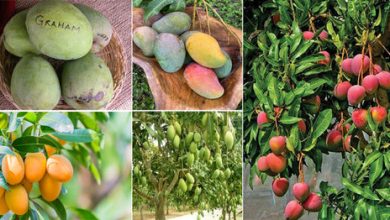
![Photo of How to Plant Hibiscus in your Garden: [Complete Guide]](https://www.complete-gardening.com/wp-content/uploads/2022/08/how-to-plant-hibiscus-in-your-garden-complete-guide-390x220.jpg)
